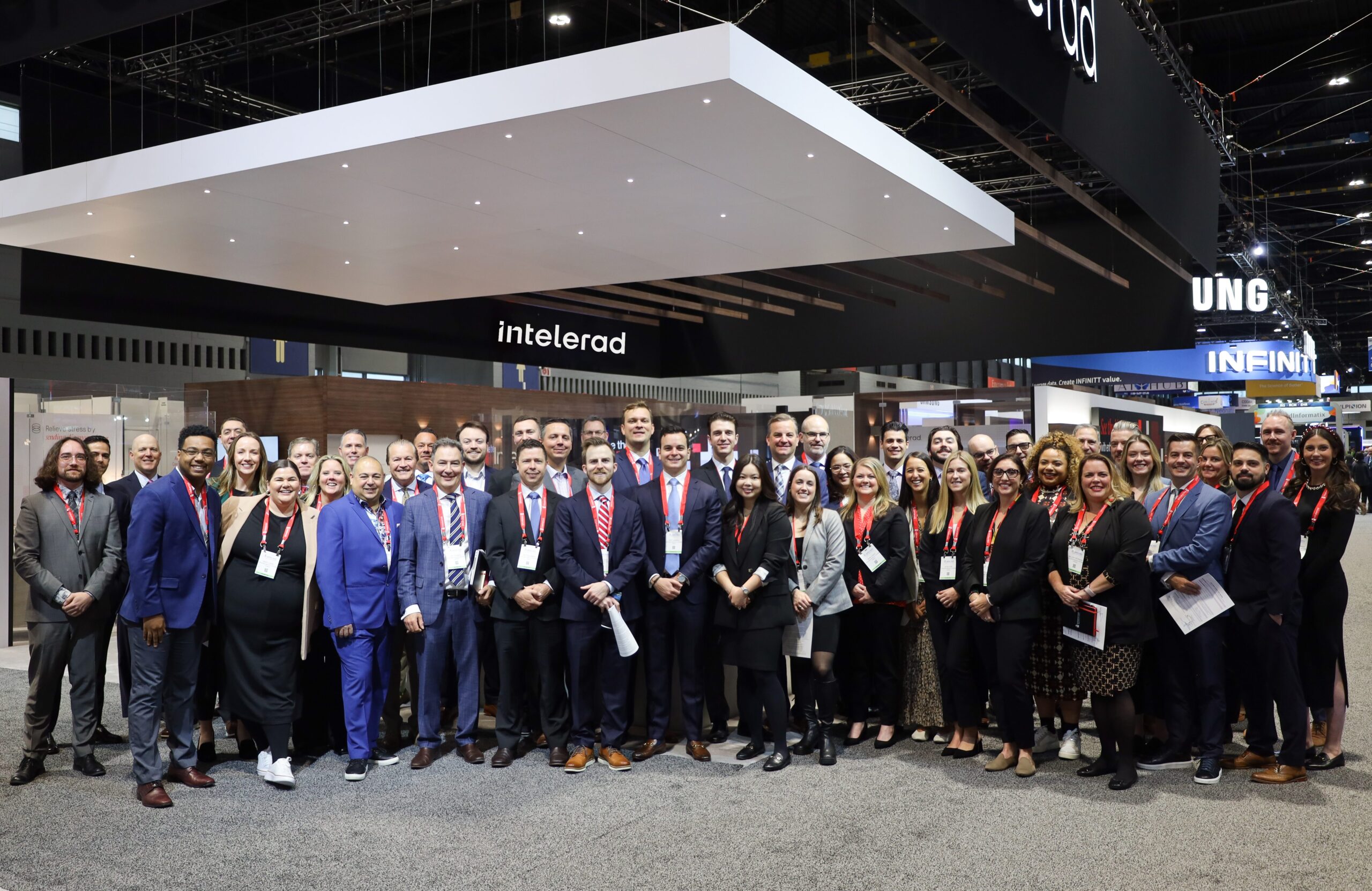Founded in 1997, the MUHC is currently made up of three standalone institutions (Montreal General Hospital, Montreal Neurological Hospital, and Lachine Hospital) and their recently-opened Glen site – a 500-bed mega facility that encompasses Montreal Children’s Hospital, Royal Victoria Hospital, Montreal Chest Institute, and a new cancer centre.
Opened in 2015, the Glen site focuses on providing specialized patient care; teaching the next generation of healthcare professionals; conducting fundamental and clinical research; and evaluating new technologies. To accomplish this, the site features leading-edge surgical facilities, separate adult and pediatric emergency departments, outpatient clinics linked to 25 departments and a neonatal intensive care unit, amongst other services.
The Glen site is also home to the Research Institute of the MUHC, an international research powerhouse with a worldwide reputation in the field of biomedical sciences and healthcare, which supports over 460 researchers and over 1,200 graduate and post-doctoral students and fellows.
Belonging to one of the most innovative academic health centres in North America, the MUHC’s radiology department has long been focused on leveraging innovative technologies and methodologies to improve patient care. As early adopters of digital imaging, the MUHC deployed one of Canada’s first large-scale PACS in the late 90s. At the helm of that project, were Chris Henri, Bob Cox and Rick Rubin, who would found Intelerad in the years that followed.
Since that time, MUHC’s staff of 50 radiologists use Intelerad solutions to read large volumes of studies per year across all subspecialties. Flexible and modular, these solutions allow radiologists to leverage various workflows that drive productivity, ensure quality, and help train the next generation of physicians.
To ensure the highest levels of patient care, MUHC relies on an effective and efficient diagnostic workflow. Focused on having all specialty exams read by the right subspecialist, the organization uses a single worklist across the enterprise, which is then filtered to give each radiologist a unique list that corresponds to their distinct competencies.
At MUHC, radiologists read based on the urgency of the case, which is automatically prioritized and identified by color within the worklist. When a radiologist selects a study to read, the images (including the most relevant priors) are displayed according to the hanging protocol that the radiologist has set. The radiologist will review the images and, using integrated speech recognition, dictate their report. Finally, the radiologist reviews and signs off on the report to complete exam. From there, the radiologist can return to the worklist or use a setting to have the next exam automatically presented.
As a large academic institution, the MUHC relies on an effective learning workflow to train resident radiologists. When they finish their teaching rounds and sit down at their workstation, they’ll select a handful of cases based on the subspecialty on which they’re focused. From there, they use the same workflow as attending radiologists, except that once their dictation is complete, cases are saved as a draft and then reviewed by attending radiologists. Once the review is complete, the resident will make any necessary changes and then sign off on it, at which point it is added to the attending radiologist’s worklist for their sign-off.
Alongside the Viewing and Reporting workflow, the MUHC uses Intelerad’s teaching module, which allows radiologists to build collections of images for learning purposes.








